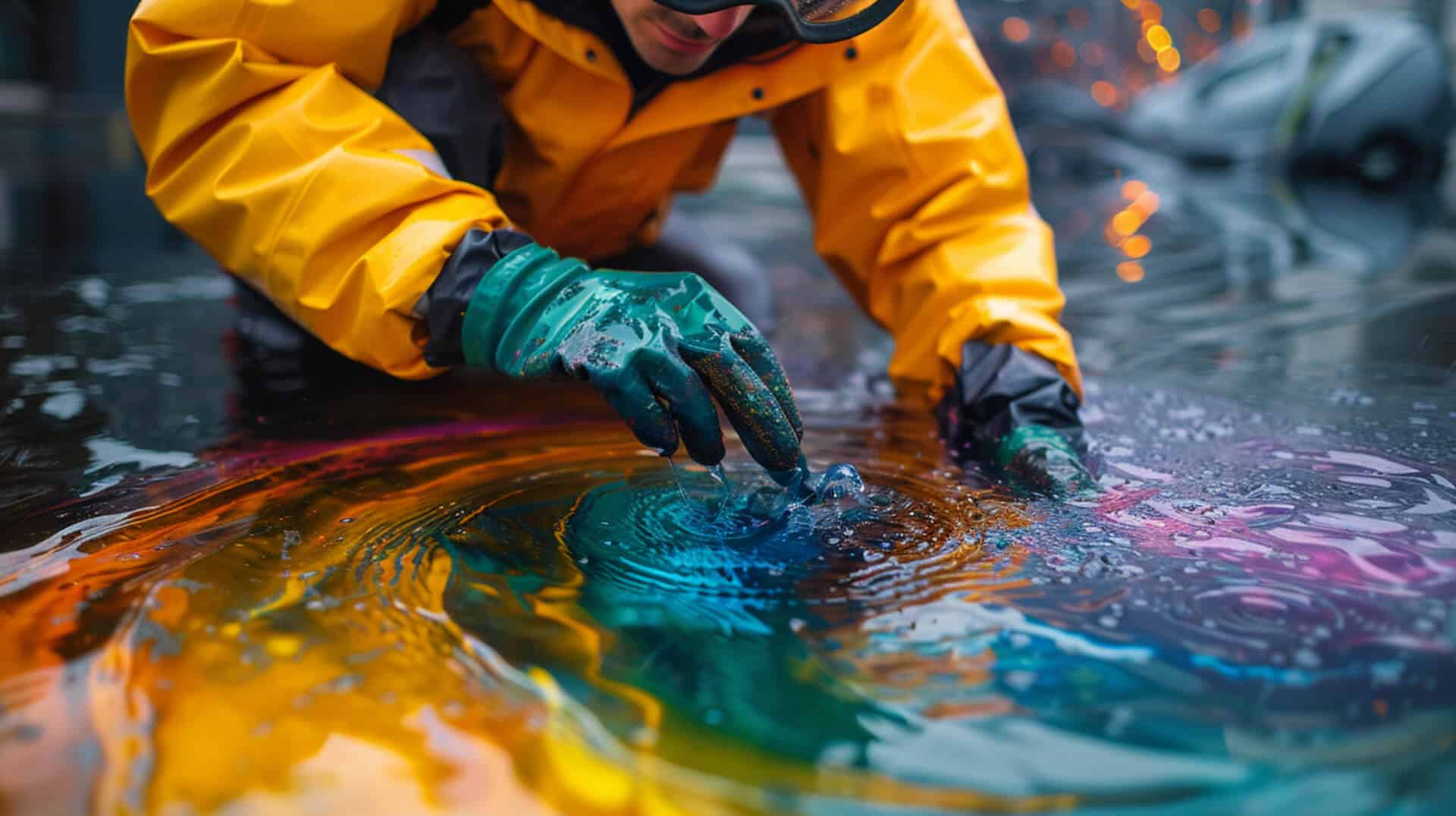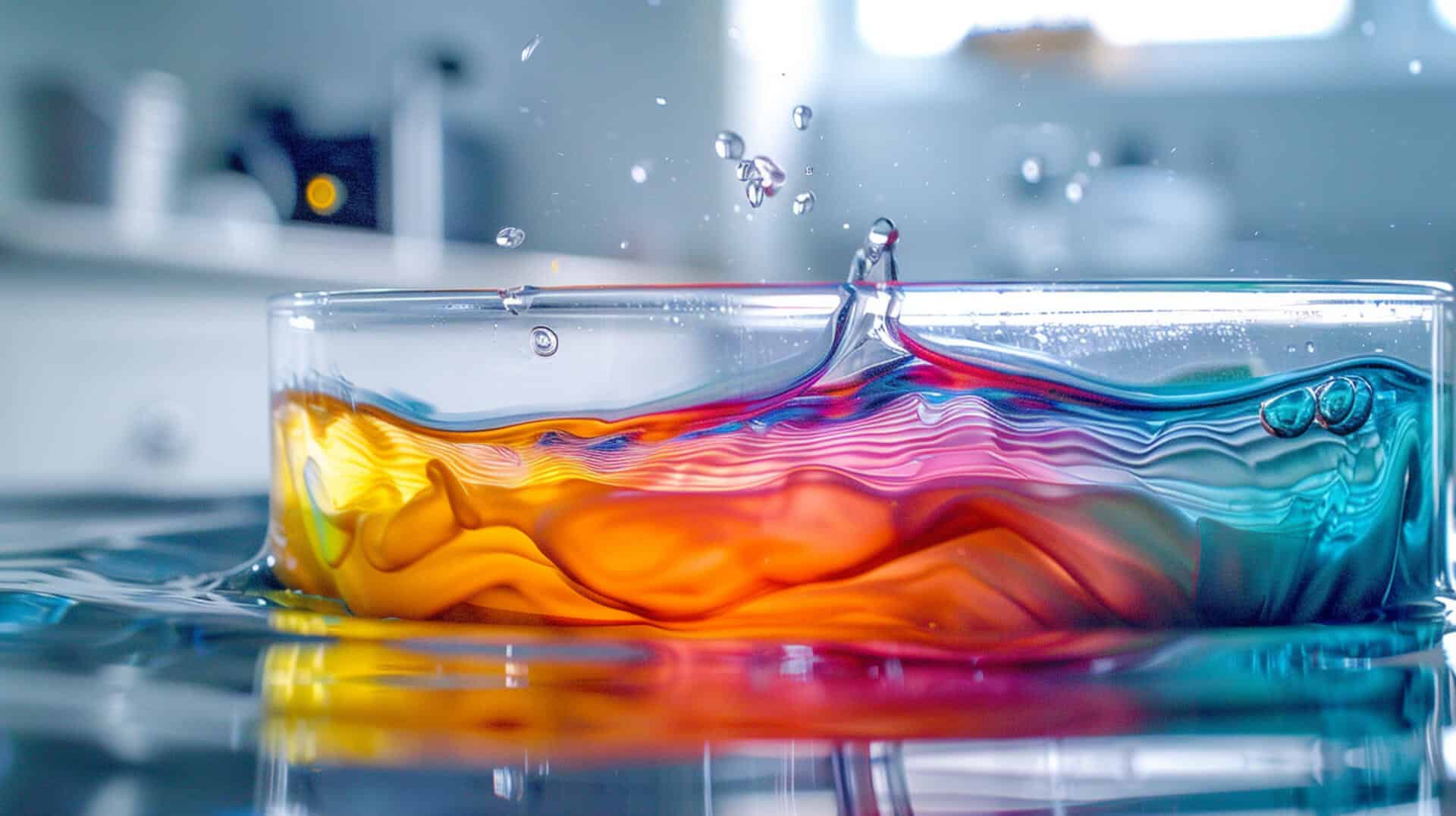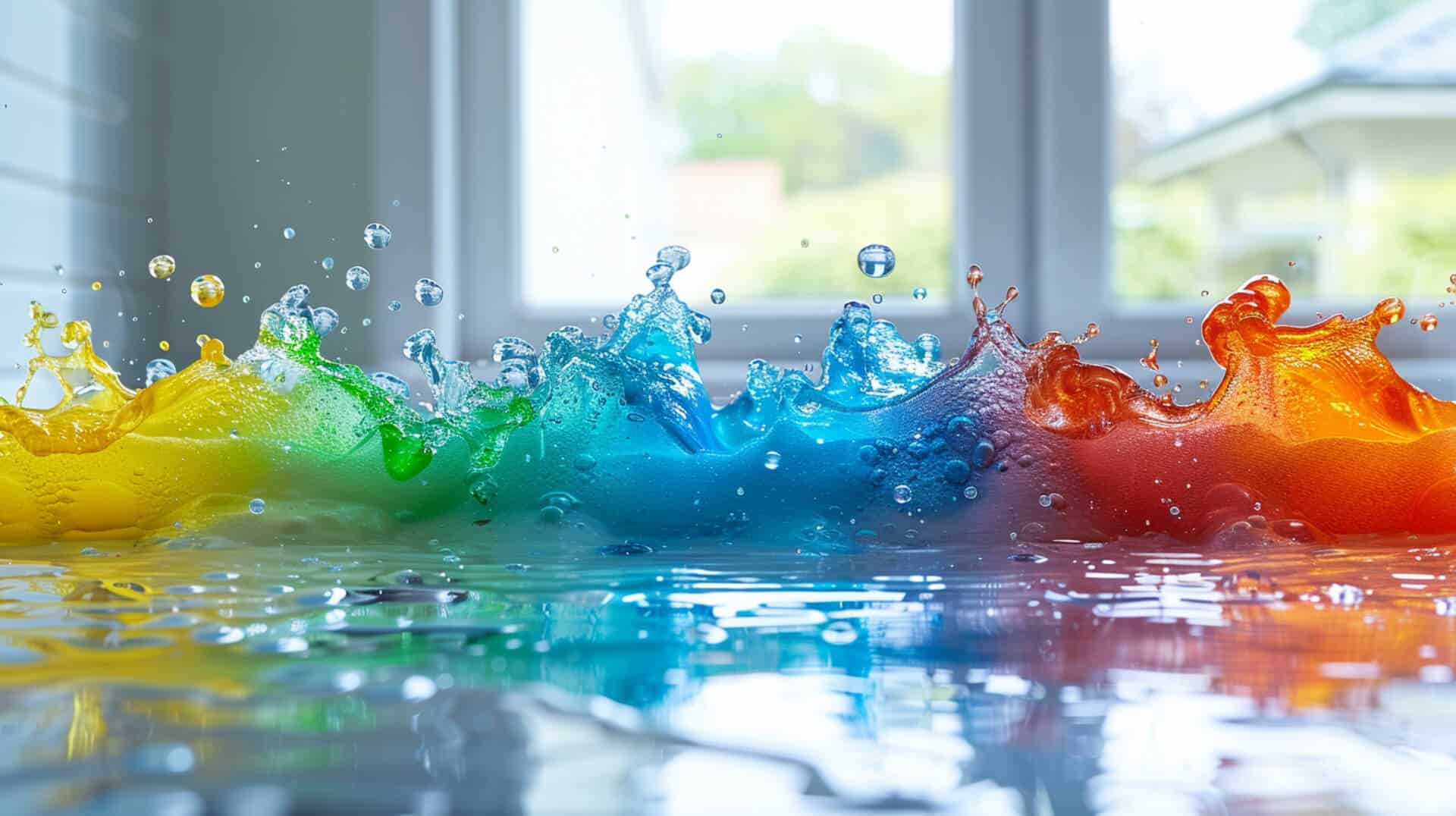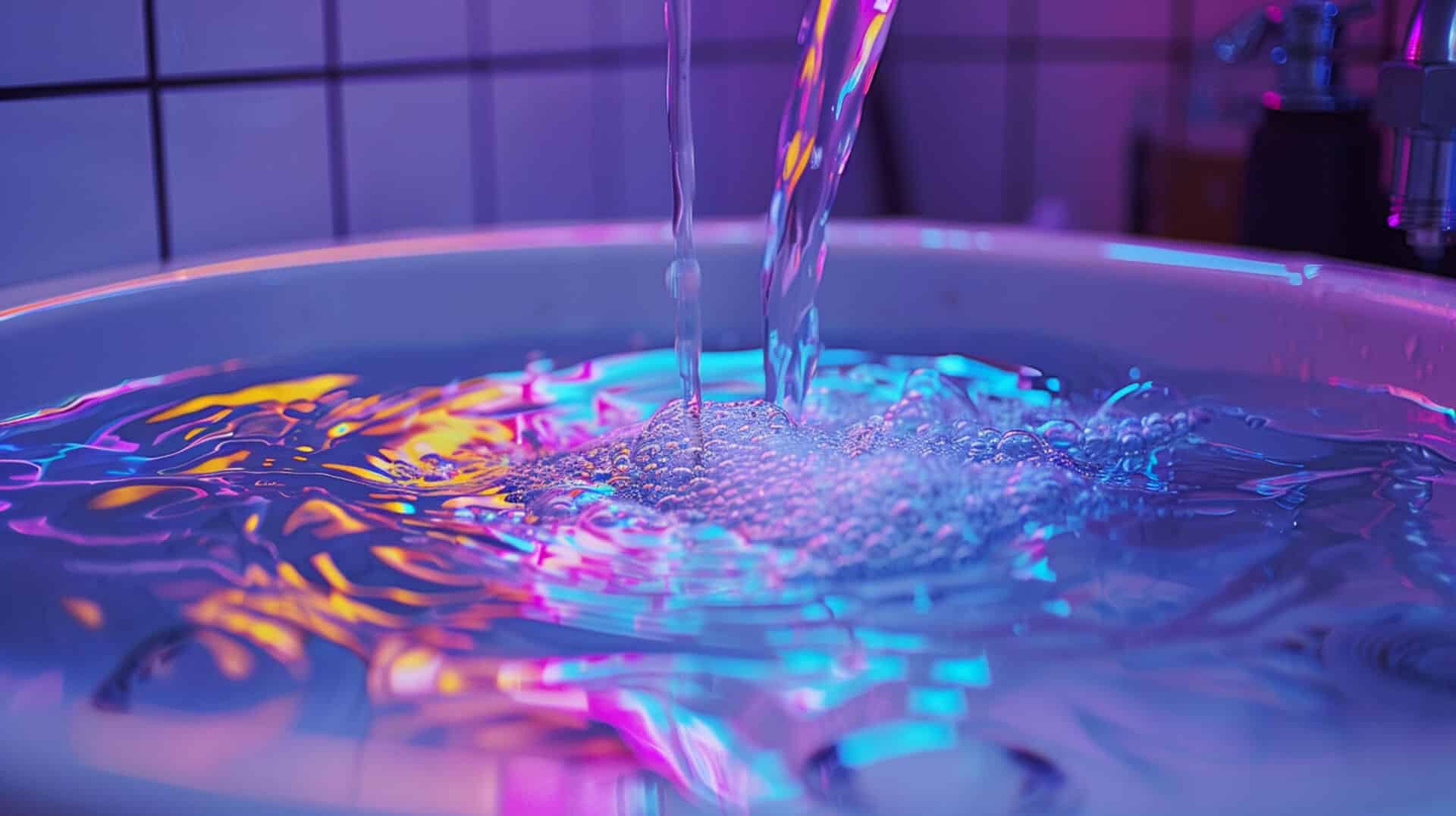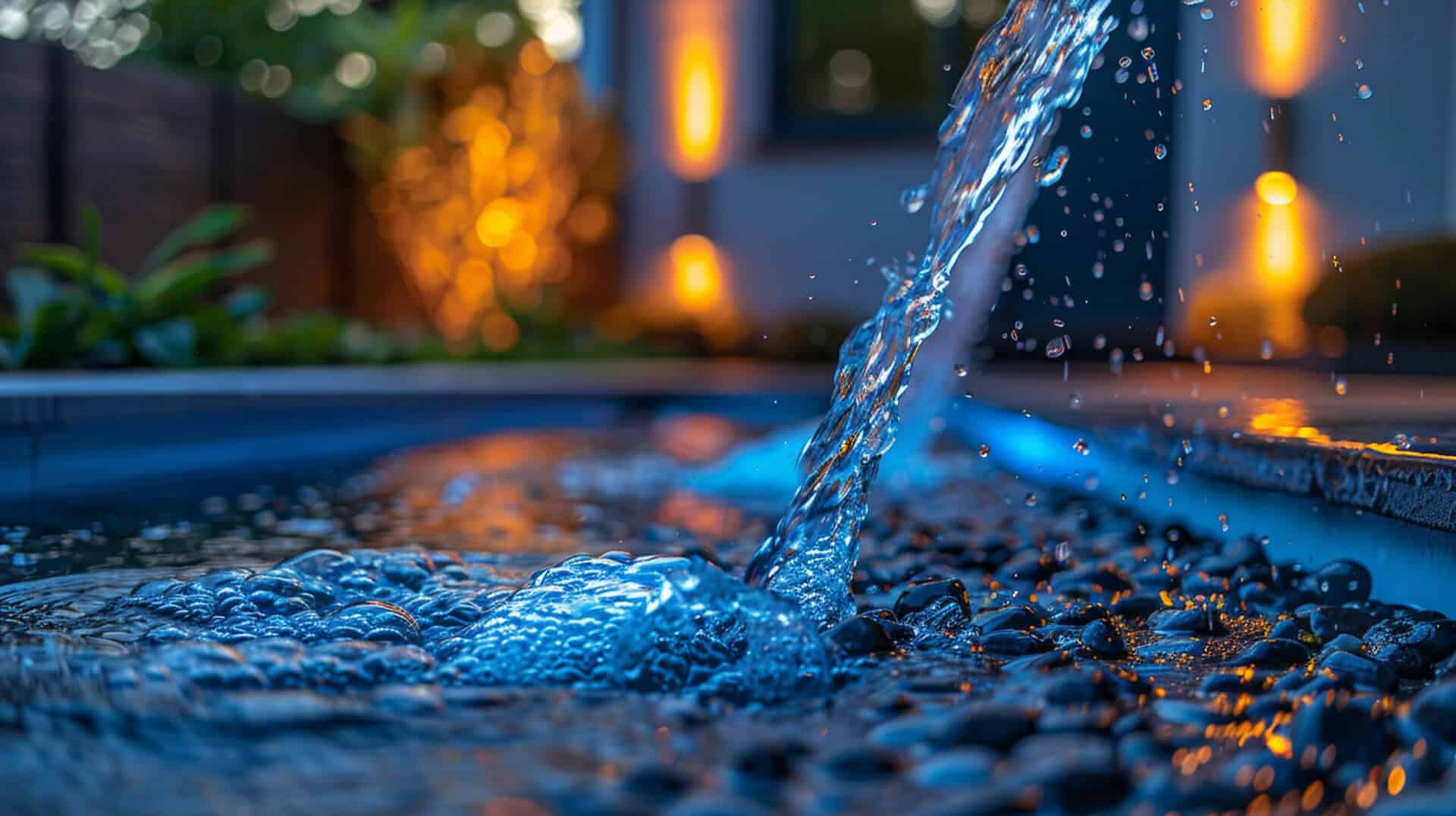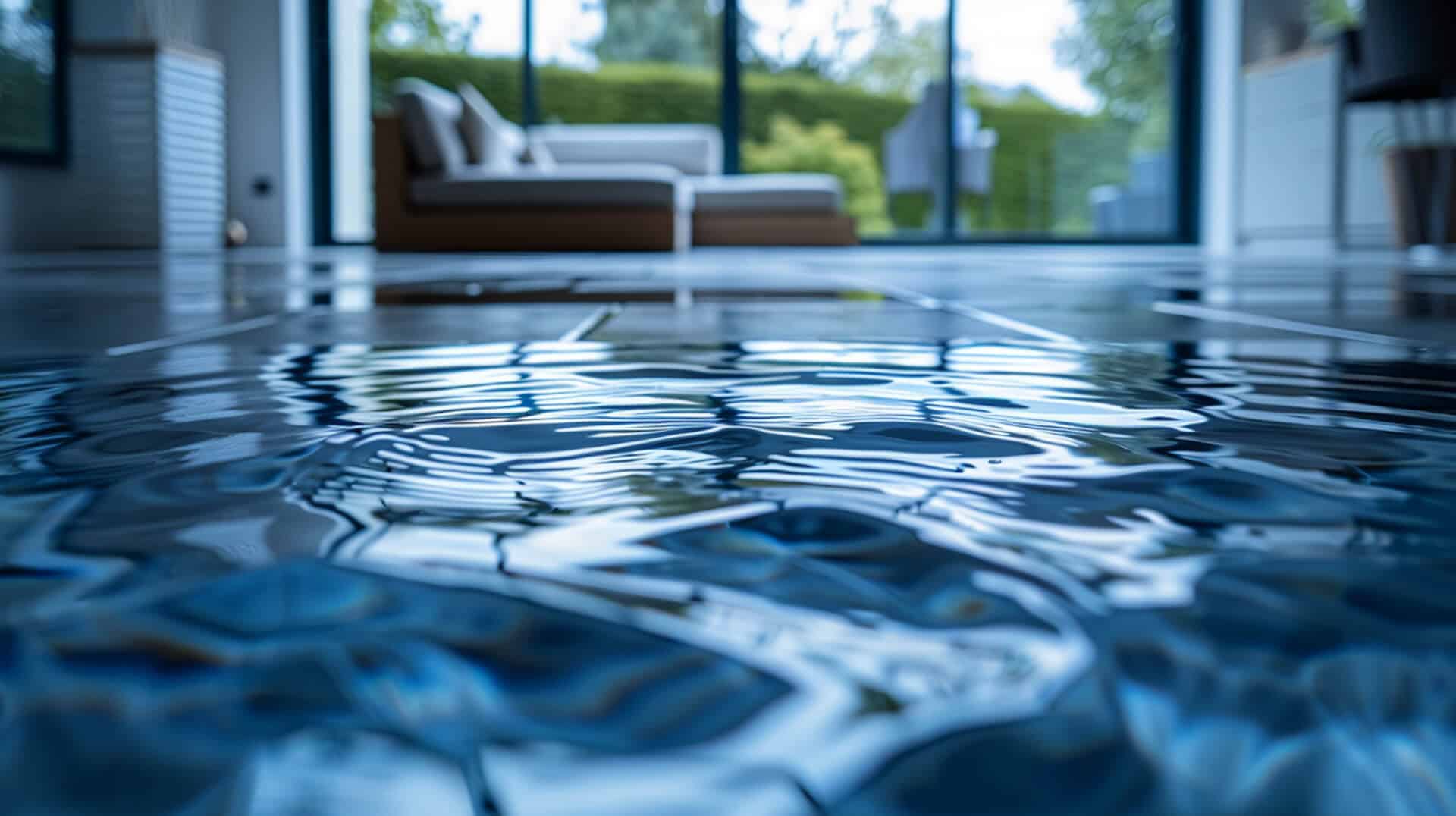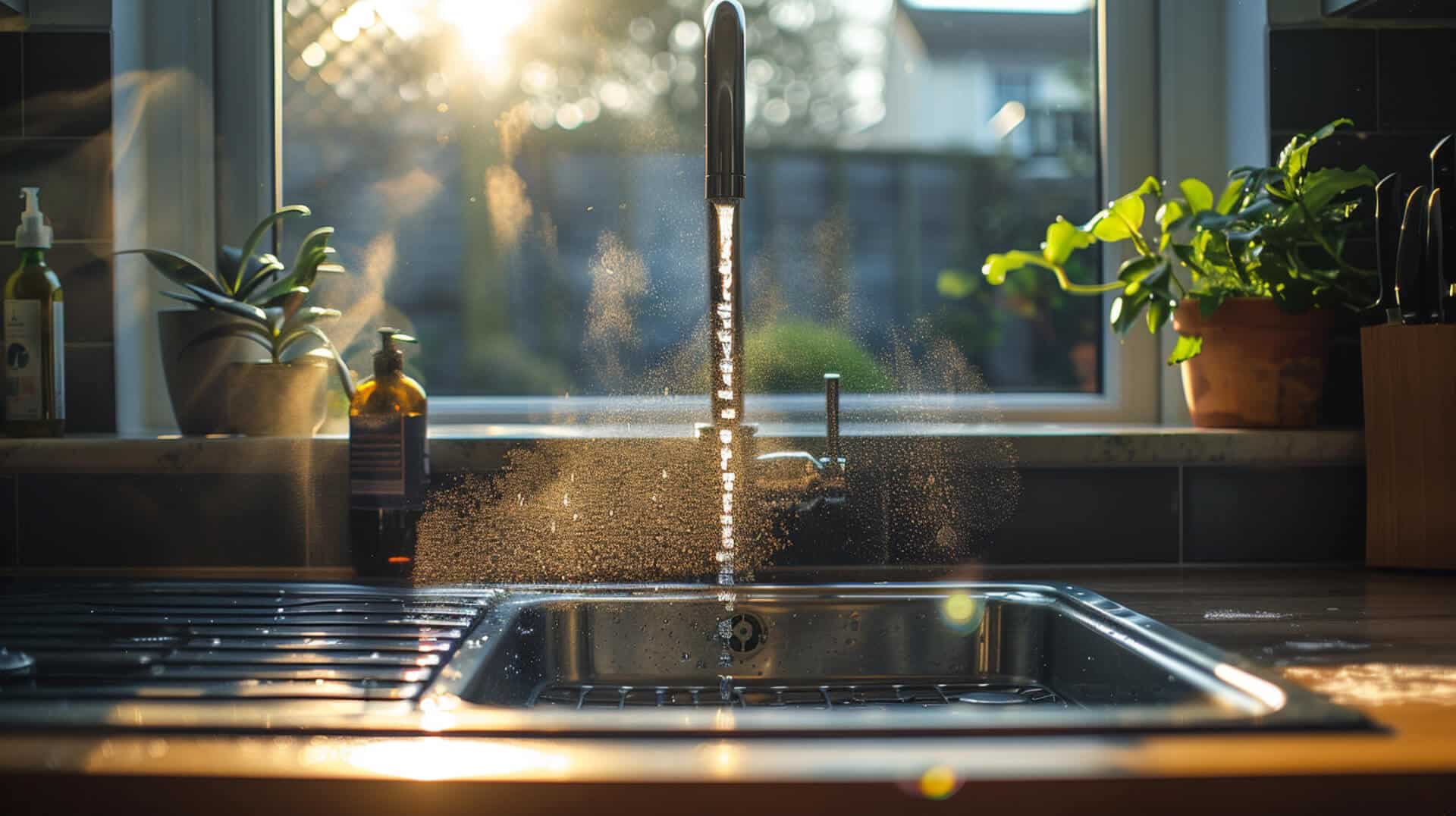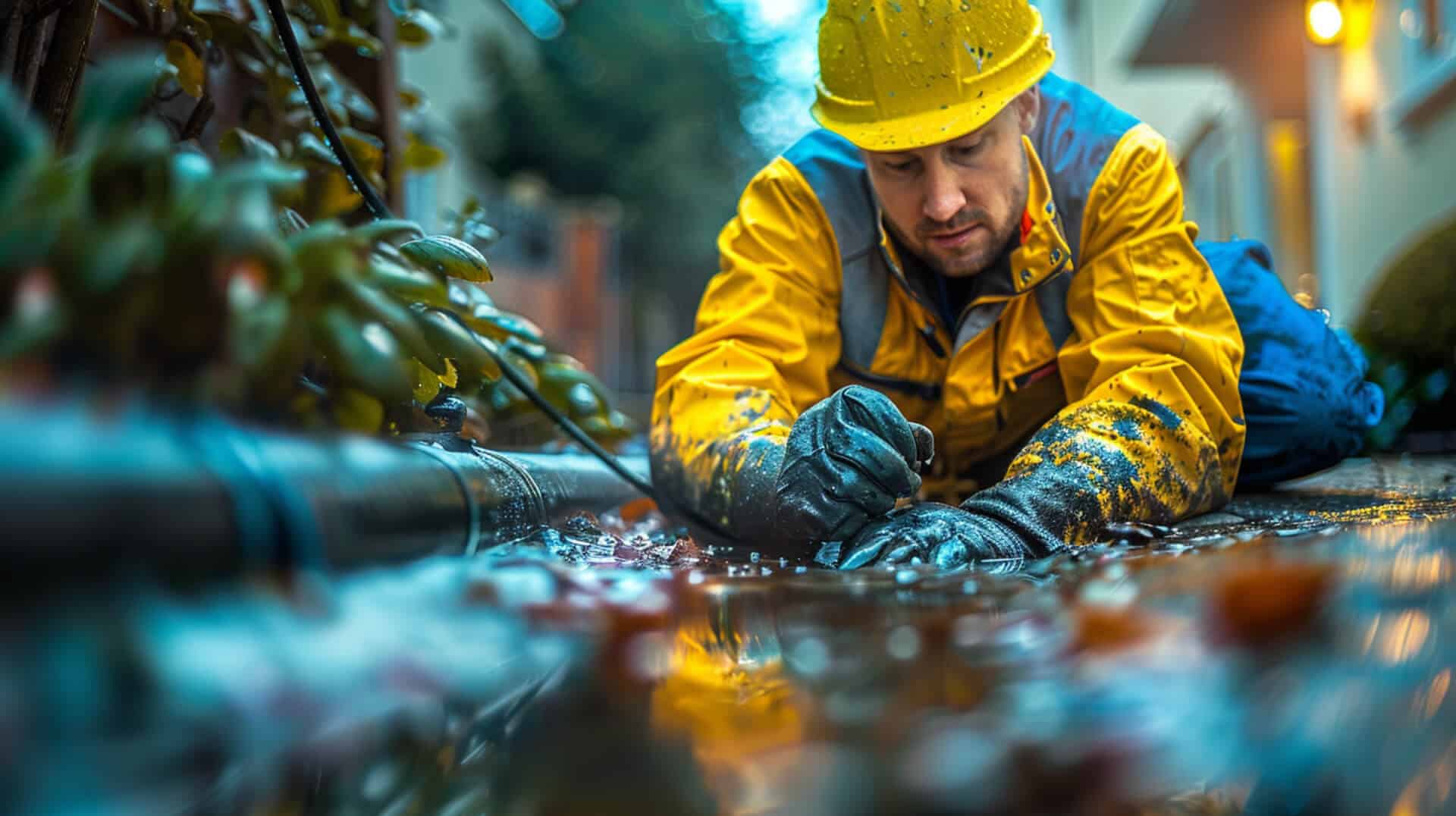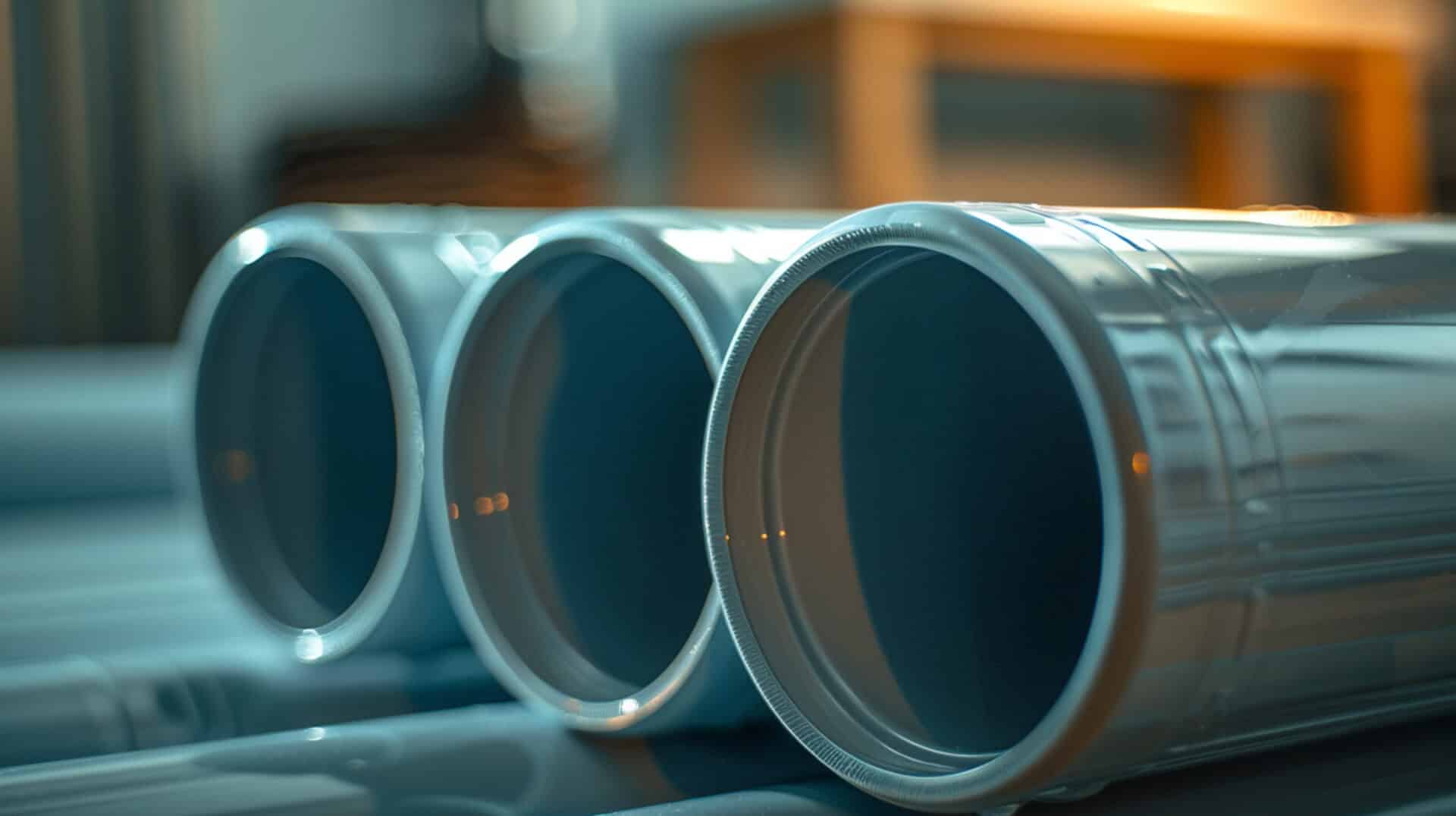 What Types Of Dyes Are Used In Drain Testing
What Types Of Dyes Are Used In Drain Testing
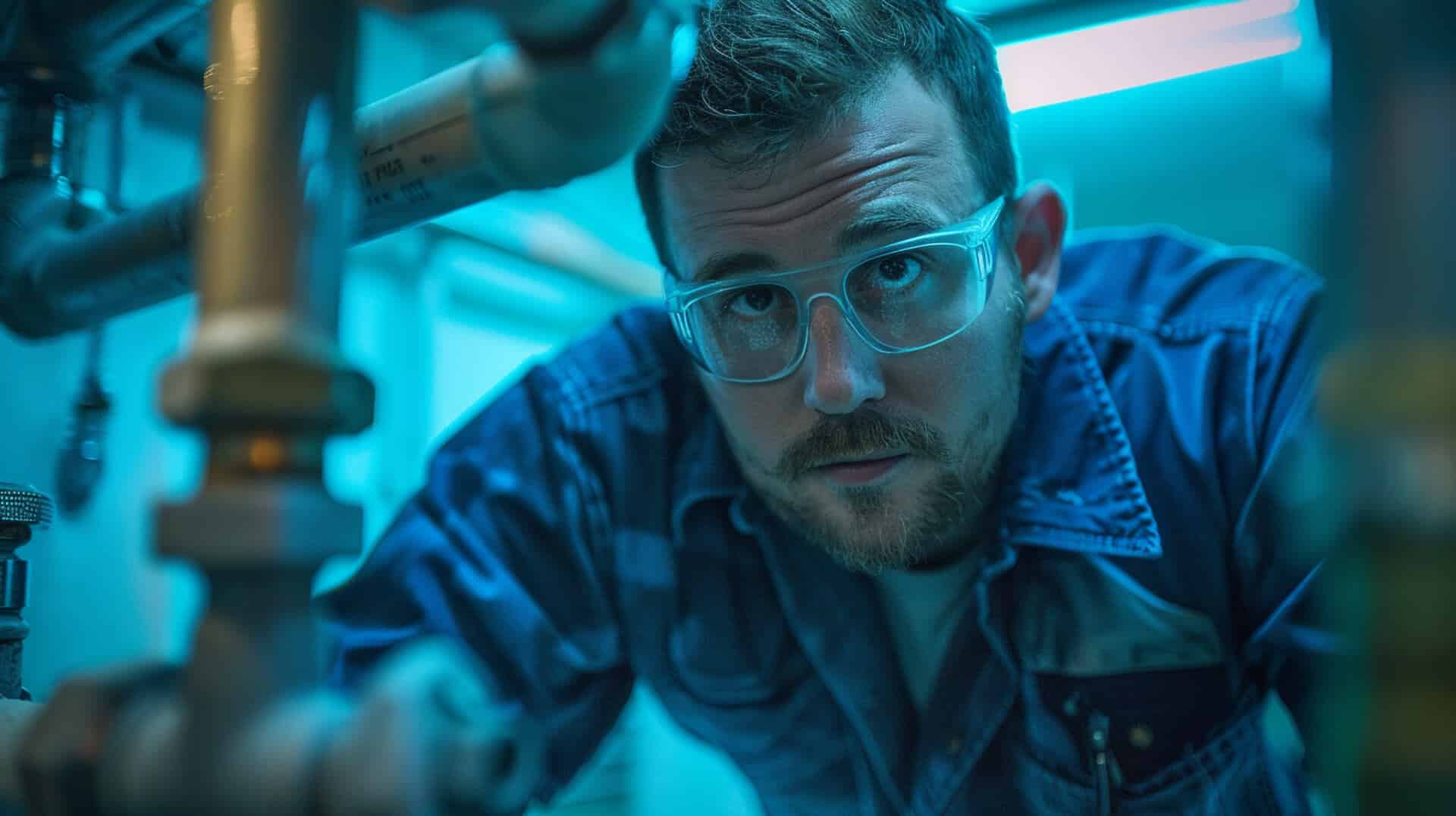
When conducting drain testing, the use of specialised dyes is a critical component. These dyes serve a vital function by revealing the direction of water flow and pinpointing leaks within drainage systems. For property owners, business owners, and facility managers, understanding the application of these dyes is essential for maintaining the integrity of plumbing infrastructures and adhering to environmental and regulatory standards.
Purpose and Function
Drain testing dyes are designed to trace the path of water through pipes and systems. By adding a distinct colour to the water, these dyes make it possible to visually track the flow and identify any points where the water may be escaping or diverting incorrectly.
Importance for Stakeholders
For those responsible for the upkeep of properties and facilities, recognising the significance of drain testing dyes is paramount. These dyes not only facilitate routine maintenance checks but also play a crucial role in environmental conservation and compliance with legal mandates.
Comprehensive Understanding
This guide aims to equip you with a thorough knowledge of drain testing dyes. It will delve into the types of dyes available, their safe and environmentally friendly usage, and the best practices for application, ensuring that you can confidently select and utilise the appropriate dyes for your specific needs.
Types of Dyes Commonly Used in Drain Testing
When conducting drain testing, the selection of an appropriate dye is pivotal for accurate results. This section delves into the commonly used dyes, their categorization, and the rationale behind their specific applications.
Fluorescein and Food-Grade Dyes: Composition and Application
Fluorescein, a green dye, is frequently utilised for its high visibility and solubility in water. Its distinct coloration is particularly effective in tracing water flow and identifying leaks. In contrast, food-grade dyes, available in red, blue, and yellow, are chosen for their safety and environmental compatibility. These dyes are non-toxic and biodegradable, ensuring that their use does not adversely affect ecosystems or human health.
Selection of Dye Colours for Testing Environments
The choice of dye colour is informed by the specific testing environment. For instance, fluorescein’s bright green hue offers excellent contrast in most water conditions, making it a preferred choice for a wide range of applications. Red, blue, and yellow dyes provide alternatives that can be selected based on the background colour of the water or the surrounding area to maximise visibility.
Impact of Dye Choice on Drain Testing Effectiveness
The effectiveness of drain testing hinges on the visibility and traceability of the dye used. Factors such as water clarity, lighting conditions, and the presence of other substances in the water can influence which dye will yield the most accurate results. Therefore, understanding the properties and recommended applications of each dye type is essential for property owners, business owners, and facility managers to ensure successful drain testing outcomes.
Safety and Environmental Impact of Drain Testing Dyes
Understanding the safety and environmental implications of drain testing dyes is essential for users who are committed to sustainable practices.
Ensuring Non-Toxic and Biodegradable Properties
Drain testing dyes such as fluorescein and food-grade dyes are formulated to be non-toxic and biodegradable. This means that they break down naturally in the environment without causing harm to wildlife or humans. Manufacturers ensure these properties by adhering to stringent safety standards and conducting thorough ecological impact assessments.
Importance of Ecological Footprint Consideration
The ecological footprint of drain testing dyes is a measure of their environmental impact. By choosing dyes that are environmentally friendly, users contribute to the preservation of natural water sources and ecosystems. This consideration is particularly important for businesses and facility managers who are responsible for maintaining sustainable operations.
Comparison with Synthetic Dyes
Synthetic dyes often found in industrial applications can have a significant environmental impact due to their chemical composition and resistance to degradation. In contrast, the dyes used in drain testing are selected for their minimal ecological footprint, ensuring that they do not contribute to pollution or long-term environmental damage. This responsible choice supports environmental conservation efforts and aligns with regulatory standards aimed at protecting ecosystems.
Guidelines for Effective Use of Drain Testing Dyes
Proper application of drain testing dyes is crucial for accurate leak detection. This section provides guidance on dilution ratios, visibility optimization, and the importance of professional execution.
Recommended Dilution Ratios for Drain Testing Dyes
For effective use, it is recommended to dilute drain testing dyes at a ratio of 5 millilitres per 10 litres of water. This concentration is generally suitable for clear visibility in various water conditions. However, adjustments may be necessary depending on the specific clarity and colour of the water in which the dye is used.
Optimising Dye Visibility in Different Water Clarity Levels
To optimise the visibility of dyes, especially in murky or coloured water, users may need to adjust the dilution ratio or choose a dye colour that contrasts strongly with the background. Visibility is key to tracing the path of water and identifying leaks accurately.
Professional Execution Versus DIY in Leak Detection
While some may consider a do-it-yourself approach to drain testing, professional execution is often recommended. Professionals possess the expertise to choose the appropriate dye and methodology for different types of drainage systems, ensuring accurate and reliable results.
Variations in Testing Procedures Across Drainage Systems
Drain testing procedures can vary significantly between combined sewers and sanitary sewers. Understanding the specific requirements and challenges of each system is essential for selecting the correct dye and testing method, which is why professional services are often sought to conduct these tests.
Key Applications and Regulatory Context of Drain Testing Dyes
Drain testing dyes serve a critical role in various applications, from municipal sewers to natural watercourses, and are subject to specific regulatory contexts that influence their use.
Broad Applications of Drain Testing Dyes
Drain testing dyes are versatile tools used across a spectrum of environments. In sewers, they help in identifying leaks and verifying connections between systems. Natural water sources also benefit from dye testing, where the dyes trace the flow of water to pinpoint sources of contamination or leaks.
Legal Mandates Influencing Dye Use
Certain jurisdictions have legal mandates that govern the use of drain testing dyes. For example, in Pittsburgh, PA, property transactions require dye testing to ensure that sanitary sewers are free from illegal stormwater connections. These mandates underscore the importance of dye testing in maintaining compliance with local regulations.
Importance of Dye Testing in Property Transactions
Dye testing is not only a regulatory requirement in some areas but also a critical component of property transactions. It provides a clear indication of the integrity of a property’s drainage system, which can affect saleability and compliance certifications.
Selection of Dyes Based on Sewer System Type
The choice of testing dye may vary depending on whether the sewer system is combined or sanitary. Each system has different requirements and challenges, and the selection of an appropriate dye ensures accurate results. For instance, fluorescent dyes are often preferred for their high visibility in sanitary sewers, aiding in the detection of any cross-connections or leaks.
Preferred Brands and Product Range
In the realm of drain testing, certain brands have distinguished themselves through their commitment to quality and environmental stewardship.
Distinction of Wardsflex in the Drain Testing Market
Wardsflex is recognised for its concentrated dye solutions that are both effective and eco-friendly. The brand’s commitment to minimising environmental impact without compromising on performance makes it a preferred choice for professionals in the field.
Complementary Products Enhancing Drain Testing
The utility of drain testing dyes is significantly enhanced by complementary products such as manhole covers, water surface boxes, and drainage accessories. These products work in tandem with the dyes to provide a comprehensive solution for leak detection and water flow analysis.
Importance of Eco-Friendly Dye Solutions
Selecting eco-friendly and concentrated dye solutions is crucial for sustainable practices. These products ensure that the environmental footprint is kept to a minimum while providing the high visibility needed for accurate testing.
Catering to the Needs of Property and Facility Managers
The product range available caters to the specific needs of property and facility managers by offering a variety of dye colours and formulations. This allows for tailored solutions depending on the unique requirements of each testing scenario, ensuring that the dyes are not only effective but also aligned with the users’ environmental and safety standards.
Advanced Detection Techniques and Equipment
In the pursuit of thorough leak detection, dye testing is often supplemented with advanced techniques and specialised equipment.
Complementary Role of Ultrasonic, Thermal Imaging, and Pressure Testing
Ultrasonic testing, thermal imaging, and pressure testing are valuable methods that complement traditional dye testing. These techniques can detect leaks that might not be visible with dye alone, especially in complex plumbing systems or areas with restricted visibility.
- Ultrasonic Testing: Utilises high-frequency sound waves to detect changes in material density, indicating potential leaks.
- Thermal Imaging: Employs infrared cameras to identify temperature variations caused by water escaping from pipes.
- Pressure Testing: Measures the pressure in pipes to reveal any drops that could signify a leak.
Enhancement of Dye Detection with UV Tools
Specialised equipment, such as UV tools provided by Glowtec Ltd, can significantly enhance the detection of fluorescent dyes. Under UV light, these dyes become highly visible, allowing for precise identification of water flow paths and leak points.
Benefits of a Multifaceted Testing Approach
Employing a combination of dye testing and advanced detection methods ensures a comprehensive assessment of the drainage system. This multifaceted approach increases the likelihood of identifying all potential issues, thereby facilitating more effective remediation.
Variability of Testing Kits and Equipment
Testing kits and equipment are tailored to the specific method employed:
- Air Testing Kits: Include gauges and pumps to test the integrity of sealed systems.
- Water Testing Kits: Comprise dyes and applicators for visual leak detection.
- Smoke Testing Equipment: Uses non-toxic smoke to locate leaks in vent pipes.
- Mandrel Testing Tools: Are designed to verify the ovality and alignment of sewer pipes.
By understanding the role and application of each technique and tool, you can select the most appropriate method for your specific drain testing needs.
Challenges and Solutions in Drain Testing
Drain testing with dyes, while effective, can present challenges that require careful consideration and strategic solutions.
Identifying and Overcoming Obstacles in Leak Detection
One common challenge is ensuring the dye’s visibility in various water conditions. Murky water or the presence of other substances can obscure the dye, making leaks harder to detect. Property owners and managers can overcome this by selecting dyes with contrasting colours to the testing environment and adjusting dilution ratios for optimal visibility.
Selecting the Appropriate Dye for Specific Applications
The selection of the correct dye is crucial for accurate leak detection. Factors such as water type, flow rate, and environmental regulations may influence this choice. It is recommended to consult with professionals or refer to guidelines provided by trusted brands like Wardsflex, which offer eco-friendly and concentrated dye solutions.
Addressing Challenges with Advanced Dye Technology
Advancements in dye technology and testing equipment have led to the development of more sophisticated detection methods. These include ultrasonic, thermal imaging, and pressure testing, which can be used in conjunction with dye testing for a more comprehensive analysis. Additionally, the availability of specialised kits ensures that users have the necessary tools for various testing methods, from air and water tests to more advanced techniques.
Emerging Trends in Drain Testing Technology
The field of drain testing is witnessing significant advancements, with new trends emerging that promise to enhance the precision and environmental sustainability of leak detection methods.
Bioremediation and Engineered Organisms in Dye Remediation
Recent developments point towards the use of bioremediationa process that utilises living organisms, such as bacteria, fungi, or plants, to degrade and remove contaminants from the environment. Engineered organisms, tailored to break down specific dye compounds, are at the forefront of this innovative approach, offering a greener alternative to traditional remediation methods.
The Role of Research and Development
Ongoing research and development are pivotal in refining drain testing technologies. By investing in R&D, manufacturers can discover more effective dye formulations and detection techniques that reduce environmental impact and improve accuracy. This continuous improvement cycle is essential for keeping pace with evolving industry standards and environmental regulations.
Staying Informed About Advancements
For property and facility managers, staying abreast of the latest developments in drain testing technology is crucial. This can be achieved through regular engagement with industry publications, attending trade shows, and participating in professional forums. By doing so, you can ensure that the methods and products you employ are not only current but also the most effective for your specific needs.
Practical Examples of Drain Testing in Action
Real-world applications of drain testing dyes provide valuable insights into their effectiveness and versatility. These examples serve as a testament to the importance of selecting the right dye for specific leak detection scenarios.
Case Studies of Effective Leak Detection
In urban environments, fluorescein dye has been instrumental in tracing water flow paths in complex sewer systems, leading to the identification and remediation of leaks that were otherwise undetectable. Similarly, food-grade dyes have been used in natural water sources to track contamination sources without harming the ecosystem.
Lessons from Real-World Applications
These practical applications demonstrate that the correct use of dyes can significantly impact the success of leak detection efforts. They also highlight the importance of considering environmental factors, such as water clarity and the presence of other substances, when choosing a dye.
Importance of Dye Selection
The versatility of drain testing dyes is evident in their ability to adapt to various environments and requirements. For instance, in a case where a property was undergoing a mandatory dye test for a real estate transaction, the use of an appropriate dye led to a successful inspection, ensuring compliance with local regulations.
By examining these real-world examples, you can better understand the practical applications of drain testing dyes and the critical role they play in maintaining the integrity of water systems.
Navigating Regulatory and Compliance Issues
Regulatory compliance is a critical aspect of drain testing with dyes, impacting both the methodology and the products used.
Key Regulatory Considerations for Drain Testing Dyes
Different jurisdictions may have specific regulations governing the use of drain testing dyes. These can include restrictions on dye composition, environmental impact assessments, and usage protocols. It is imperative for property owners to familiarise themselves with these regulations to ensure that their drain testing practices are compliant.
Ensuring Compliance with Local and Federal Regulations
To ensure compliance, property owners should:
- Consult local environmental agencies for guidelines on dye testing.
- Use dyes that are certified as non-toxic and biodegradable.
- Follow recommended dilution ratios and application procedures.
Legal Significance of Dye Testing in Property Transactions
In some regions, dye testing is legally significant in property transactions. For example, certain municipalities require dye testing to verify that properties are free from improper sewer connections before sale. Compliance with these requirements is not only a legal obligation but also a factor that can influence the saleability of a property.
Impact of Compliance Certifications on Property Saleability
Properties that pass dye testing often receive compliance certifications, which can be a selling point in real estate transactions. These certifications assure potential buyers of the integrity of the property’s drainage system, potentially making the property more attractive in the market.
Key Takeaways for Drain Testing Dye Use
In the context of drain testing, the selection and application of dyes are critical for property owners, business owners, and facility managers. Understanding the types of dyes and their proper use is essential for effective maintenance and compliance with regulatory standards.
Benefits of Understanding Drain Testing Dyes
By comprehending the various dyes available for drain testing, stakeholders can:
- Choose dyes that are most suitable for their specific needs, considering factors like water clarity and environmental safety.
- Apply dyes correctly, ensuring accurate leak detection and avoiding unnecessary environmental impact.
- Comply with local regulations, avoiding potential legal issues and contributing to the overall well-being of the community.
Importance of Staying Informed on Drain Testing Developments
The field of drain testing is continually evolving, with new technologies and methods emerging. Staying informed about these developments allows stakeholders to:
- Utilise the most advanced and efficient testing methods available.
- Enhance the accuracy of their maintenance and testing procedures.
- Reduce their environmental footprint by adopting greener technologies.
Utilising This Guide for Informed Decision-Making
This guide serves as a resource for making informed decisions about drain testing and maintenance. It provides a comprehensive overview of the types of dyes used, their applications, and the regulatory landscape, empowering you to conduct drain testing with confidence and precision.
